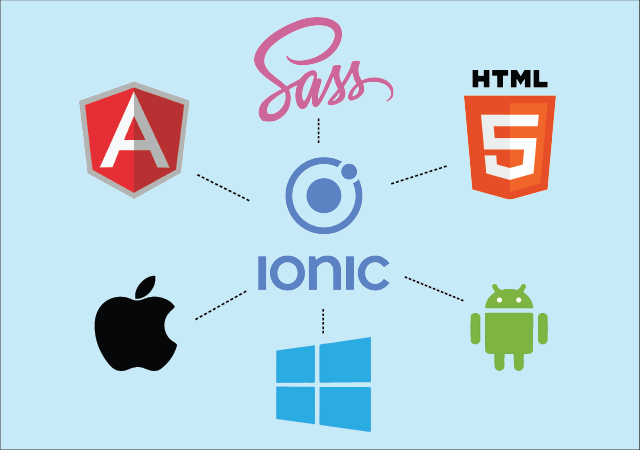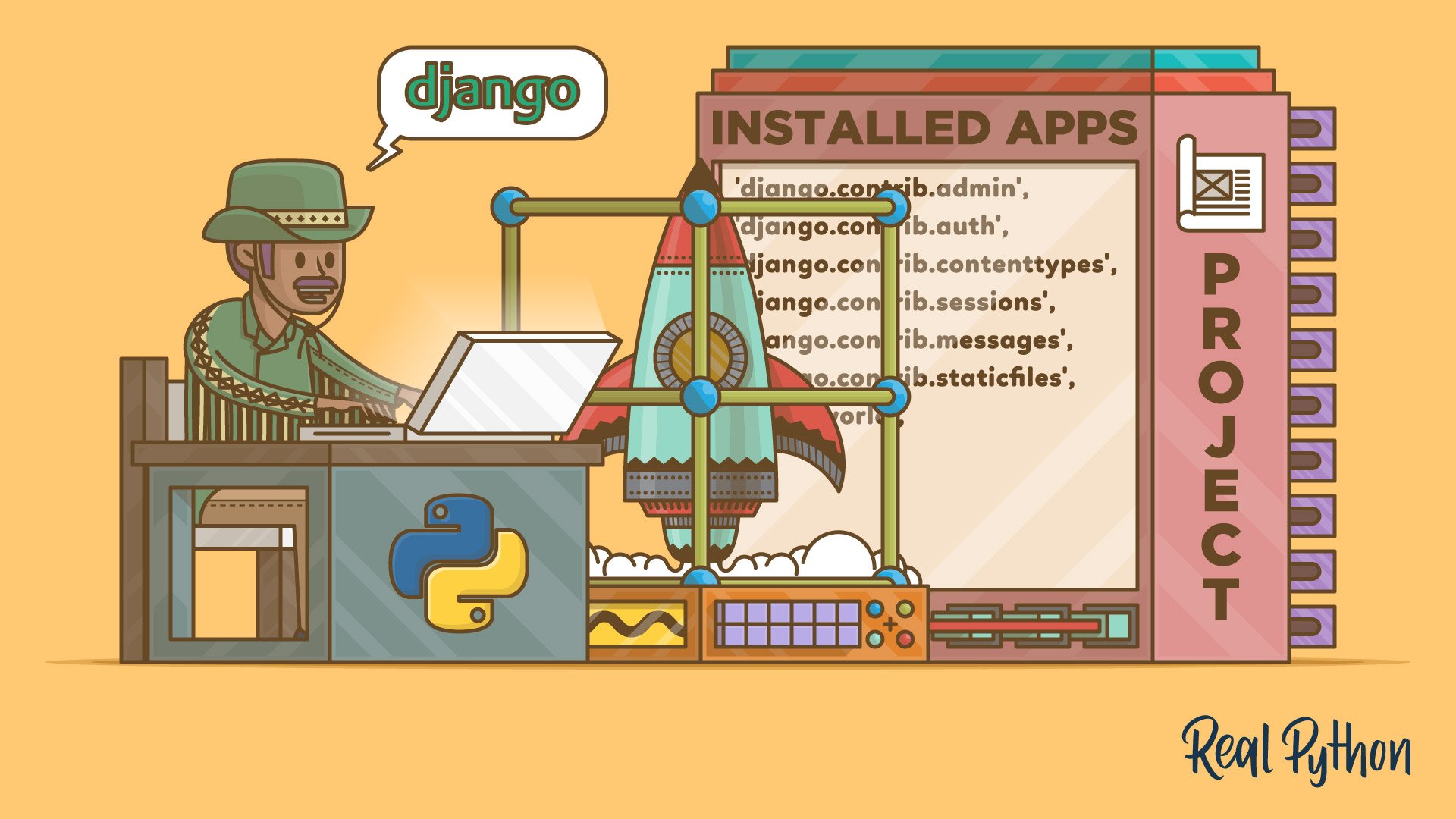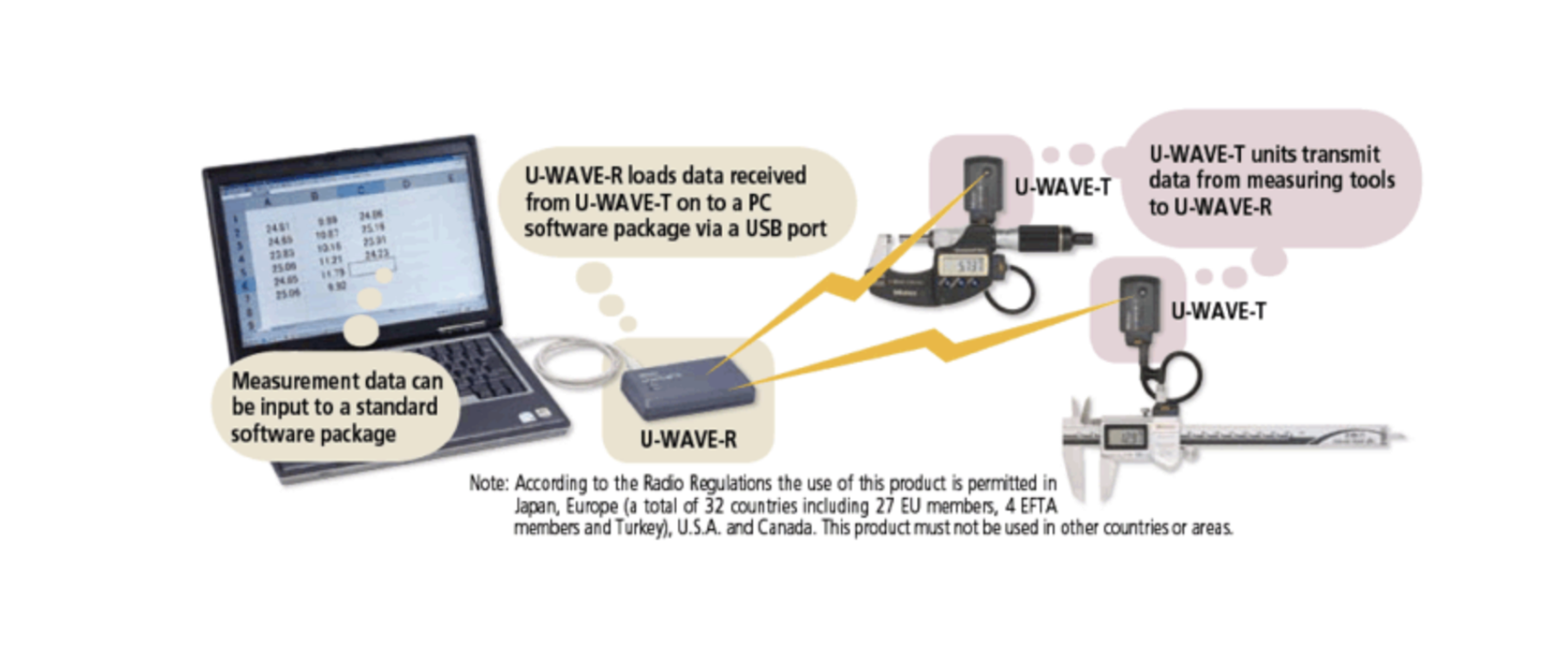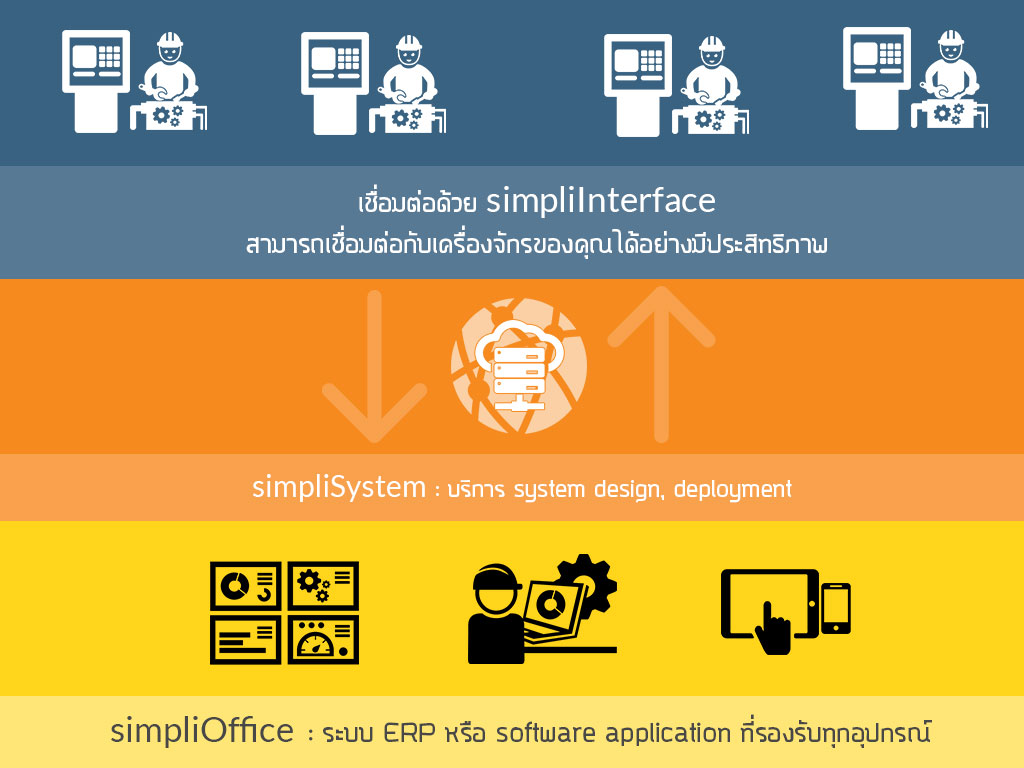From Django to Spring Boot: A Practical, Visual Guide for Web Developers
Are you a Python/Django developer thinking about jumping into the Java/Spring Boot ecosystem?
This post walks you through the parallels, project setup, Dockerization, handling database migrations, and introduces reactive programming with WebFlux—with diagrams to make it all clear!
1. Why Compare Django and Spring Boot?
Django and Spring Boot are both powerful frameworks, but their philosophies and workflows differ:
- Django is “batteries-included,” offering ORM, admin, migrations, and more out of the box.
- Spring Boot is modular and enterprise-focused, offering massive flexibility and integration options.
2. Django vs Spring Boot: At a Glance
| Django | Spring Boot / JPA / Flyway / Thymeleaf |
|---|---|
models.Model |
@Entity Java class |
makemigrations/migrate |
Manual SQL with Flyway/Liquibase |
views.py |
@Controller or @RestController |
urls.py |
@RequestMapping/@GetMapping, etc. |
| Templates | Thymeleaf templates |
| Built-in Admin | No default—build your own or use plugins |
| User Auth/Security | Spring Security |
| Static files | src/main/resources/static/ |
Django vs Spring Boot Stack Diagram
flowchart TD
A["Django (Python)"]
--> B1["ORM (Built-in)"]
--> B2["Admin Panel"]
--> B3["Migrations (makemigrations)"]
--> B4["Templates"]
--> B5["URLs"]
C["Spring Boot (Java)"]
--> D1["JPA/Hibernate ORM"]
--> D2["Manual/Admin UI or Spring Boot Admin"]
--> D3["Migrations (Flyway/Liquibase)"]
--> D4["Thymeleaf, REST, or other templates"]
--> D5["Controllers with @RequestMapping"]3. Setting Up a Spring Boot Project with Database
- Use Spring Initializr to create your project.
- Define Java entities with
@Entity. - Connect to PostgreSQL (or another DB) in
application.properties:
spring.datasource.url=jdbc:postgresql://db:5432/mydb
spring.datasource.username=myuser
spring.datasource.password=mypass
spring.jpa.hibernate.ddl-auto=update
spring.jpa.database-platform=org.hibernate.dialect.PostgreSQLDialect4. Docker Compose: Spring Boot + PostgreSQL
Containerizing your app with Docker Compose is the new standard for local dev and deployment.
Sample docker-compose.yml:
version: '3.8'
services:
db:
image: postgres:16
environment:
POSTGRES_DB: mydb
POSTGRES_USER: myuser
POSTGRES_PASSWORD: mypass
ports:
- "5432:5432"
app:
build: .
depends_on:
- db
ports:
- "8080:8080"Multi-stage Dockerfile:
FROM maven:3.9.6-eclipse-temurin-21 as build
WORKDIR /app
COPY . .
RUN mvn clean package -DskipTests
FROM openjdk:21-jdk-slim
WORKDIR /app
COPY --from=build /app/target/*.jar app.jar
ENTRYPOINT ["java", "-jar", "app.jar"]Start everything with:
docker compose up --buildDocker Compose Architecture Diagram
flowchart LR
subgraph Docker Compose
A["Spring Boot App<br/> (app)"]
B["(PostgreSQL DB<br/> (db))"]
end
A <-- JDBC --> B
C[Browser / Client] -->|HTTP:8080| A5. Database Migrations: Django vs Spring Boot
- Django:
makemigrations&migrateauto-generate and apply migrations from model changes. - Spring Boot:
Use Flyway or Liquibase.
You write migration SQL scripts and place them insrc/main/resources/db/migration/.
Sample Flyway migration (V1__init.sql):
CREATE TABLE book (
id SERIAL PRIMARY KEY,
title VARCHAR(255),
author VARCHAR(255)
);No “makemigrations” equivalent by default; advanced IDE plugins or Liquibase’s diff can help.
6. Mapping Django Actions to Spring Boot
| Django Command / Concept | Spring Boot Equivalent |
|---|---|
python manage.py runserver |
./mvnw spring-boot:run or docker compose up |
python manage.py makemigrations |
Write SQL migration for Flyway/Liquibase |
python manage.py migrate |
Spring Boot runs migrations on startup |
models.Model |
Java class with @Entity |
views.py |
Java class with @Controller or @RestController |
urls.py |
Java method annotations (@GetMapping, etc.) |
Quick Mapping Diagram:
flowchart TD
subgraph Django
D1["Model (models.Model)"]
D2["View (views.py)"]
D3["URLConf (urls.py)"]
D4[Template]
D5["Migration (makemigrations/migrate)"]
D6["Admin (admin.py)"]
end
subgraph Spring Boot
S1["Entity (@Entity)"]
S2["Controller (@Controller)"]
S3["Request Mapping (@GetMapping, etc.)"]
S4["Template (Thymeleaf)"]
S5["Migration (Flyway/Liquibase SQL)"]
S6[No built-in admin UI]
end
D1 --- S1
D2 --- S2
D3 --- S3
D4 --- S4
D5 --- S5
D6 --- S67. Pros and Cons: Django vs Spring Boot
| Feature | Django (Python) | Spring Boot (Java) |
|---|---|---|
| Easy to start | ✅ Built-in admin, migrations | ⚠️ More setup, no admin by default |
| Enterprise scale | ⚠️ Limited for large systems | ✅ Designed for enterprise |
| Performance | Good for most cases | Excellent at massive scale |
| Learning curve | Easier, great for fast MVPs | Steep, more configuration |
| Flexibility | “Do it the Django way” | Highly modular, integrate anything |
8. Introduction to WebFlux: Modern Reactive APIs
Spring WebFlux enables non-blocking, reactive APIs that scale to thousands of concurrent connections, perfect for chat, streaming, and IoT.
Sample Reactive Controller:
@RestController
@RequestMapping("/api")
public class ReactiveController {
@GetMapping("/hello")
public Mono<String> sayHello() {
return Mono.just("Hello, Reactive World!");
}
@GetMapping("/numbers")
public Flux<Integer> streamNumbers() {
return Flux.range(1, 5);
}
}Add WebFlux via:
<dependency>
<groupId>org.springframework.boot</groupId>
<artifactId>spring-boot-starter-webflux</artifactId>
</dependency>WebFlux Reactive Flow Diagram
sequenceDiagram
participant Client
participant WebFlux
participant Service
participant Database
Client->>WebFlux: HTTP Request (e.g., /api/stream)
WebFlux->>Service: Non-blocking call (Mono/Flux)
Service->>Database: Reactive DB access (async)
Database-->>Service: Data stream (Flux/Mono)
Service-->>WebFlux: Reactive response (Flux/Mono)
WebFlux-->>Client: HTTP Response (streamed data)9. Conclusion
- Django: Perfect for quick MVPs, admin panels, and “classic” web apps.
- Spring Boot: Ideal for scalable, enterprise, or complex microservices—especially with Java experience.
- WebFlux: Choose it for reactive, high-concurrency needs like chat, IoT, or live streaming APIs.
Get in Touch with us
Related Posts
- Agentic AI Explained: Manus vs OpenAI vs Google —— 中国企业的实践选择
- Agentic AI Explained: Manus vs OpenAI vs Google — What Enterprises Really Need
- AI驱动的医院信息系统纵向整合(Vertical Integration)
- How AI Enables Vertical Integration of Hospital Systems
- 工业AI系统中的AI加速器 为什么“软件框架”比“芯片性能”更重要
- AI Accelerators in Industrial AI Systems: Why Software Frameworks Matter More Than Chips
- 面向中国企业的系统开发:以 AI + 工作流安全集成电商与 ERP
- Global-Ready System Development for EC–ERP Integration with AI & Workflow
- 不可靠的“智能”系统所隐藏的真实成本
- The Hidden Cost of ‘Smart’ Systems That Don’t Work Reliably
- GPU vs LPU vs TPU:如何选择合适的 AI 加速器
- GPU vs LPU vs TPU: Choosing the Right AI Accelerator
- 什么是 LPU?面向中国企业的实践性解析与应用场景
- What Is an LPU? A Practical Introduction and Real‑World Applications
- 面向软件工程师的网络安全术语对照表
- Cybersecurity Terms Explained for Software Developers
- 现代网络安全监控与事件响应系统设计 基于 Wazuh、SOAR 与威胁情报的可落地架构实践
- Building a Modern Cybersecurity Monitoring & Response System. A Practical Architecture Using Wazuh, SOAR, and Threat Intelligence
- AI 时代的经典编程思想
- Classic Programming Concepts in the Age of AI














